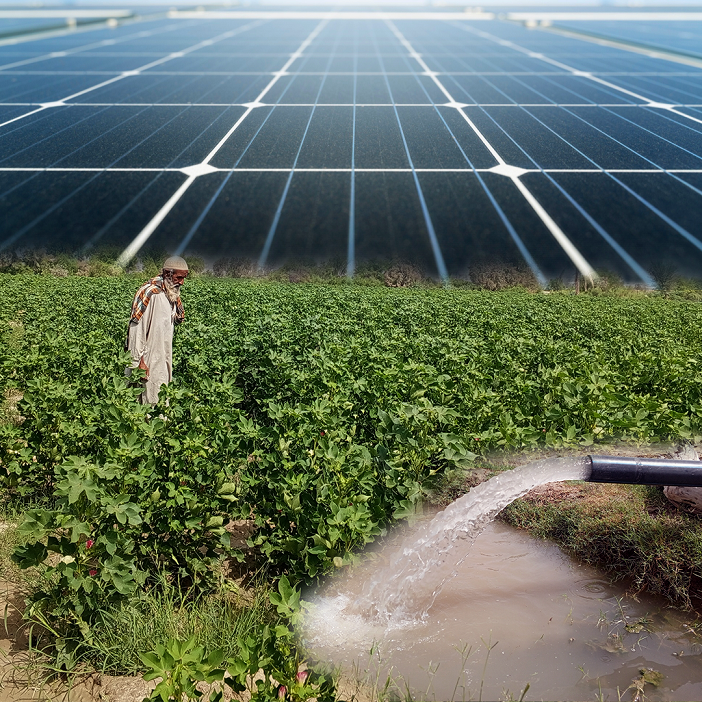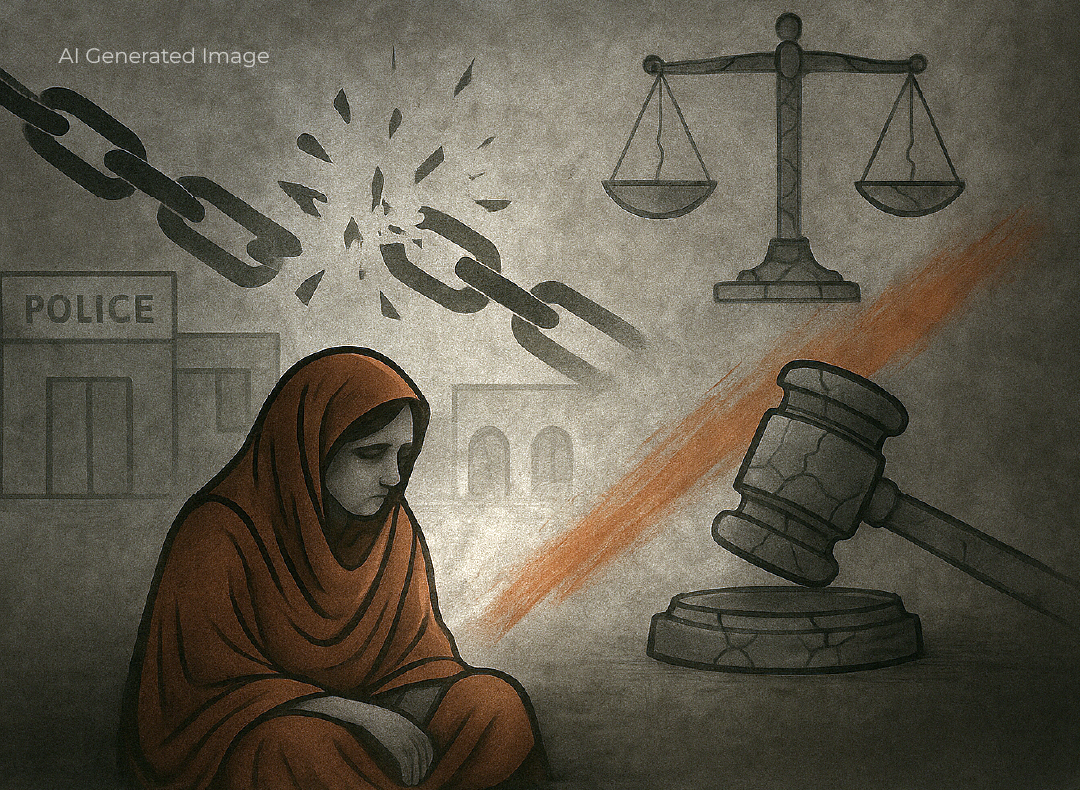Twenty-eight-year-old Noor Muhammad resides in Quetta. He has installed a solar energy system at his house, comprising six panels, an inverter and two batteries, at the cost of about Rs600,000. It generates about three kilowatts of electricity, which is sufficient for his home.
Noor Muhammad is a medical professional who lives in a three-room house with his brothers. He says now electricity rates rise within days instead of months. Moreover, there are eight to 10 hours of power outages even in extreme summers.
“Putting in collective efforts, we have got rid of high electricity bills and loadshedding with a one-time investment,” he tells Lok Sujag.
The government data show an abrupt increase in the use of solar energy at home over the past year, which has surpassed the installation rates in the last 10 years.
“Pakistan was generating a total of 863MW of solar power until March 2023, which rose to 1,822MW due on net metering by March 2024.”
The website ‘Alfa Solar’ reveals that the production of solar energy in Pakistan has reached 2,000MW and it will be 10,000MW by 2030.
Asadullah runs a solar panels business in Quetta’s Suraj Ganj Bazaar. He says that his sale of solar panels in the last year was more than his sales in the last four years.
“Earlier, there was not a single customer for the whole day. However, five customers on average visit the shop and buy solar panels per day since the last one year. It seems everyone is following the trend of buying solar energy panels.”
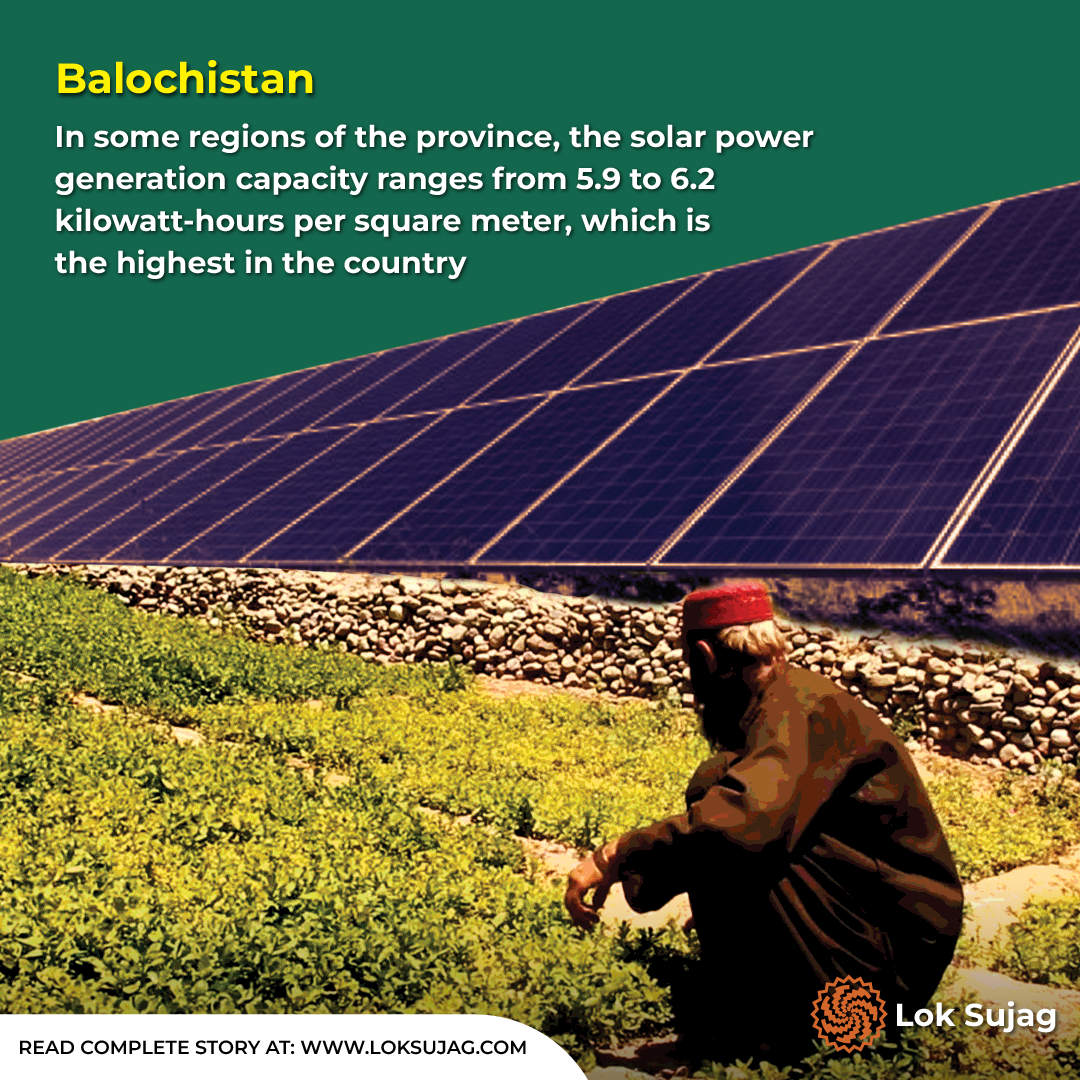
Rehan Gul, a professor of Geology at University of Balochistan, says that Balochistan is the most suitable region in the country for solar energy production due to its climate, intensity of sun rays, low rainfall and winds.
A research by Balochistan University of Information Technology, Engineering and Management Sciences (BUITEMS) shows that a few provincial regions (40pc according to the World Bank) receive direct solar radiation. They have an electricity production potential of 5.9 to 6.2 kWh per square meter, which is the highest in the country.
In Balochistan, the average duration of intense sunlight is about eight to eight-and-a-half hours whole year.
A research by Ghulam Ishaq Khan Institute of Engineering Science and Technology shows that the production capacity of solar energy is the highest in Balochistan due to the high solar irradiance per square meter area. Solar irradiance in Lahore, Islamabad, Karachi and Quetta is 1,806, 2,135, 2,168 and 2,287, respectively.
According to the website ‘EcoSpark’, hours of intense sunshine determine high production of solar energy. Most regions of Pakistan receive an average of five hours of sunshine per day. However, Islamabad, having five to six hours of average duration, can generate 25 to 30 units of electricity per day, i.e. 750 to 900 units per month from a 5kW solar system.
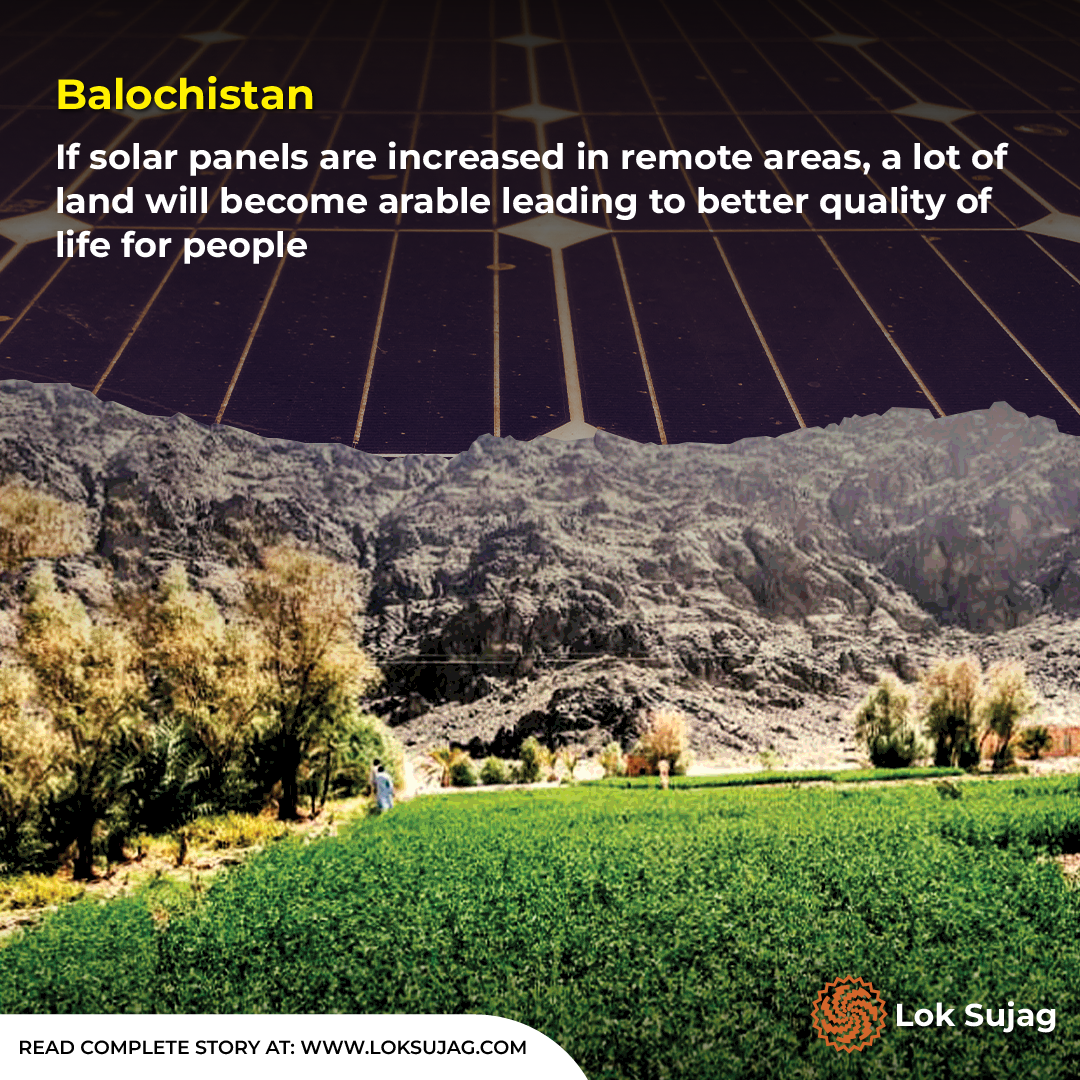
“Punjab and Sindh have six to seven hours of intense sunshine, which is five to six hours in Khyber Pakhtunkhwa. Balochistan has seven to eight hours of intense sunshine, the highest across the country.”
According to researchers, several areas in Balochistan are situated at such a global location where the intense sunlight has the potential to generate the maximum amount of energy. This region has 2,300 to 2,700 hours of strong sunlight per year holding the ability to generate maximum power.
In Balochistan, the sun is mostly bright and there are fewer clouds during the day while the humidity is also too low.
According to the website ‘WeatherAndClimate’, the annual temperature of Balochistan is 77.61 Fahrenheit, which is 4.45pc higher than the average temperature of the country. Solar experts say that solar panel performance is optimal at around 77 degrees Fahrenheit.
The factors mentioned above make Balochistan an ideal province for solar energy production. However, this natural bounty is not being utilised for the production of cheap and pollution-free electricity.
Muhammad Fazal, a spokesperson for Quetta Electric Supply Company, admits that due to several reasons, the average power supply in Balochistan is 400 to 600MW while the requirement is more than 1,600MW. More than 85pc of the provincial residents are deprived of electricity due to a lack of network and other constraints.
Also Read
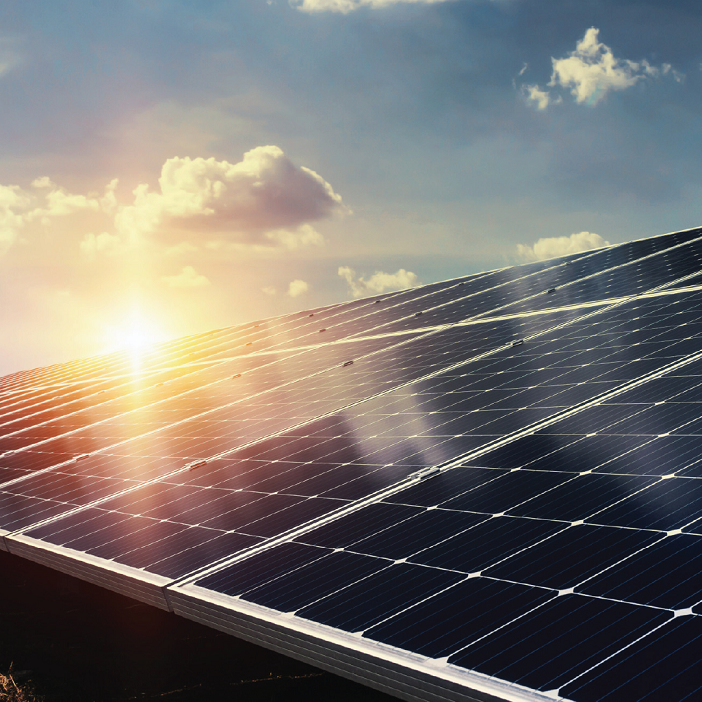
How Solar Energy is Transforming Kharan in the Thick of Power Crisis
According to an environmentalist Sajida Khalid, solar energy production is affected by clouds and dust in the coastal areas of Balochistan while it is suitable for plains or dry areas. However, off-grid solar power is appropriate for coastal residents. She says that extending solar panels in remote areas will not only boost employment opportunities but will give rise to cultivation on many lands while improving the standard of living.
“Some solar plants have been installed in the past years but they are insufficient. On the one hand, solar energy can provide affordable electricity to the whole population, reducing the country’s financial burden while on the other hand, opting for an environment-friendly source can reduce carbon footprints,” she says.
According to World Bank experts, Pakistan has so much solar energy potential that only 0.071 percent of its area can meet the whole country’s electricity needs through solar energy. In terms of generating solar and wind energy, Balochistan is akin to a golden goose.
Published on 25 Jul 2024
